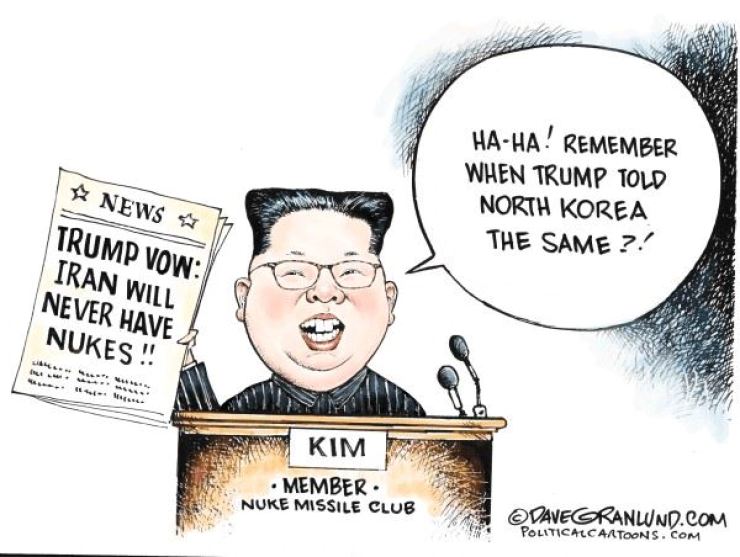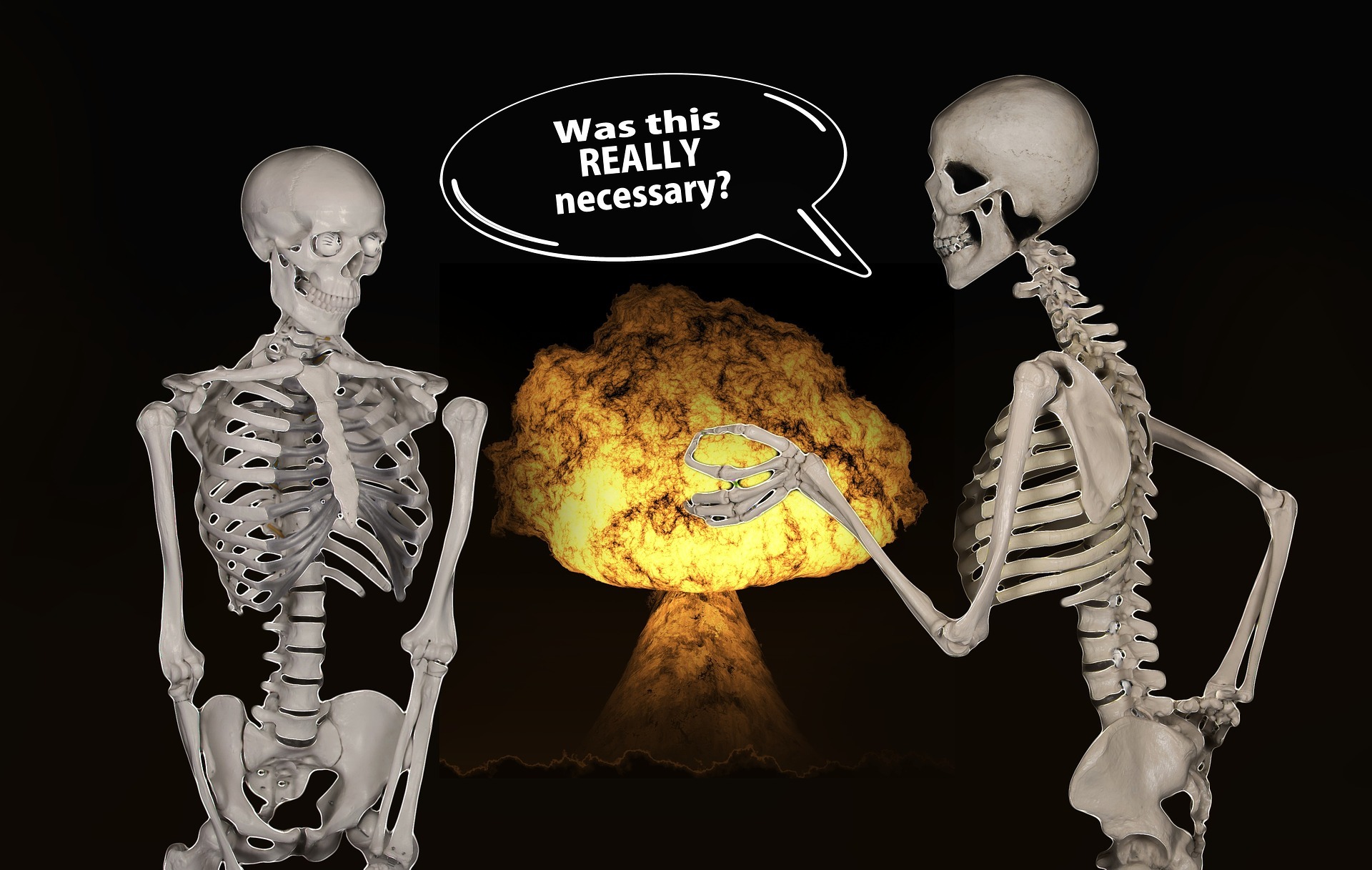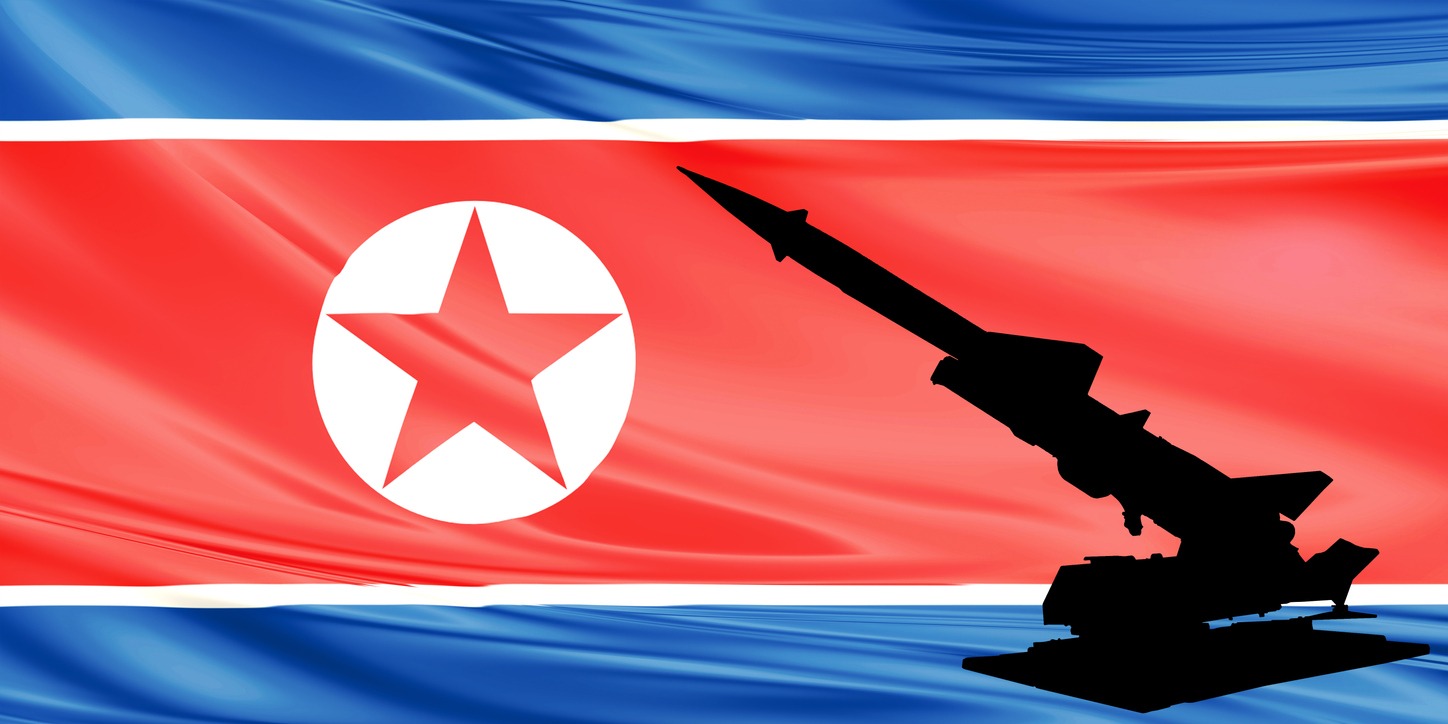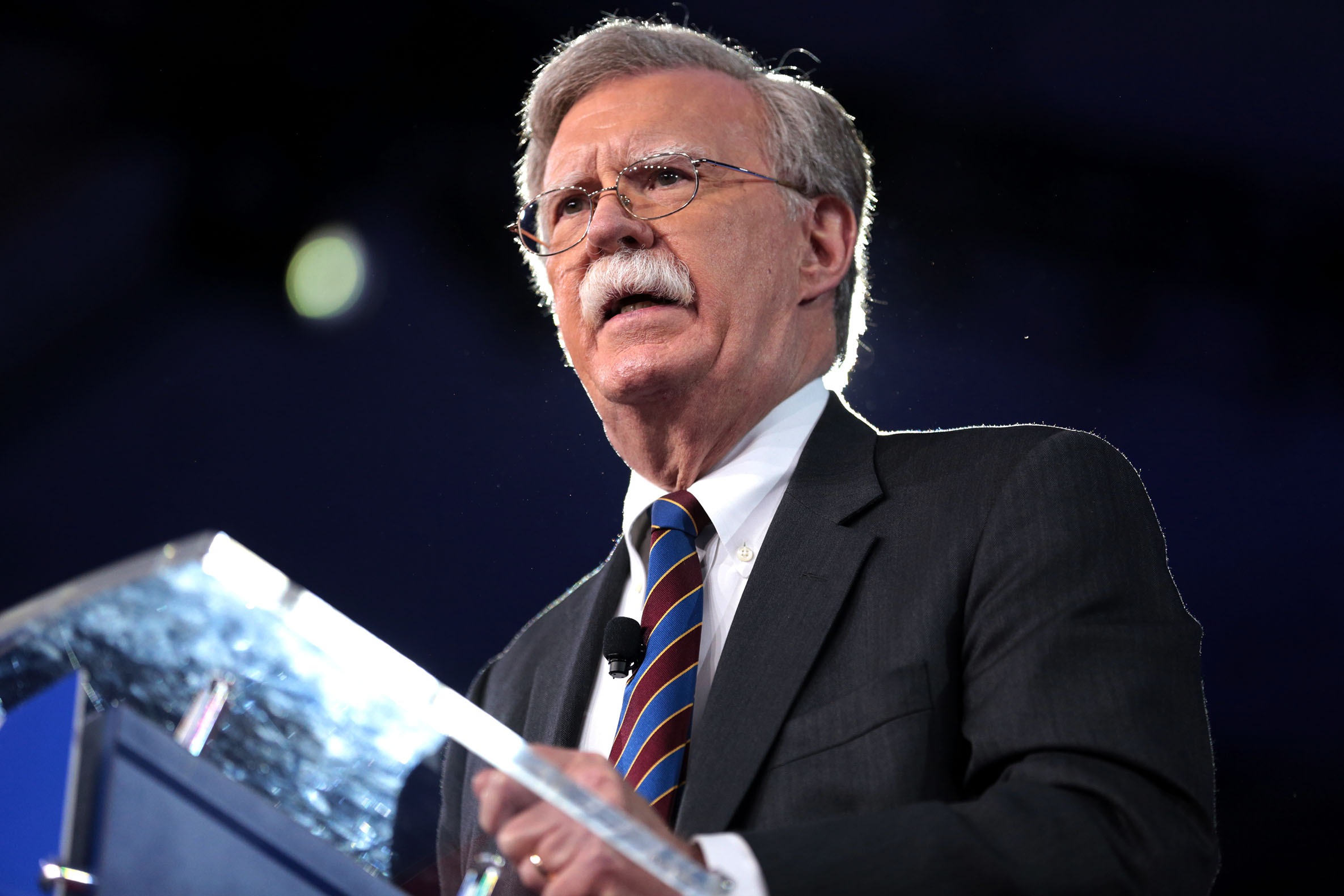Frontal Breakthrough and Chairman Kim’s Perilous Odyssey
A Dec. 31 deadline passed without Pyongyang delivering to the United States its threatened “Christmas gift” if Washington didn’t alter its stance on sanctions and negotiations before the end of the year.
A sigh of relief, although temporary, could be heard. All eyes then turned to what North Korean Chairman Kim Jong-un would say in his traditional New Year address. But the address didn’t come forth. Instead, a written report was released on the decisions reached at the 5th Plenary Meeting of the 7th Central Committee of the ruling Workers’ Party, which took place in the days leading up to Jan. 1. It revealed both good and bad news.
The good news was that Pyongyang did not burn its bridges with Washington completely. Despite some critical remarks about the U.S., it hinted at the possibility of talks, if its demand that the U.S. drop its hostile policy was met.
The restrained behavior ran counter to the prevailing predictions of experts that Pyongyang would abandon dialogue with Washington and formally declare its status as a nuclear-weapons state. The report was also well crafted not to attack President Donald Trump personally. That rhetorical restraint seems quite encouraging.
There was also bad news. Kim threatened to end his country’s moratorium on nuclear and ICBM tests. This would deal a critical blow to the U.S.-North Korea nuclear negotiations. In the year of a presidential election, Trump might rely on much tougher punitive measures, precipitating a return to the nightmare of the 2017 crisis.
Equally worrisome is Kim’s statement that “the world would witness a new strategic weapon in the near future.” This signals a return to his old “byeongjin” line (a simultaneous pursuit of economic development and nuclear weapons) by discarding the “economy first policy” he declared in April 2018.
Finally, anticipating a war of attrition with the U.S., Kim emphasized “the revolutionary line on launching an offensive for a frontal breakthrough, as required by the present situation and the developing revolution.”
On balance, the bad news outweighs the good news. What went wrong? The report underscores a deep-rooted distrust of American double-dealing. For Pyongyang, Washington’s call for dialogue is nothing but a fig leaf to hide its intention to isolate, contain and strangle the North through sanctions and maximum pressure.
“The U.S. labeled our state as its enemy, ‘axis of evil’ and ‘target of its pre-emptive nuclear strike’ and applied the most brutal and inhuman sanctions against, and posed the persistent nuclear threat to, the latter over the past seven decades.” This is how Kim and his leadership circle perceive the U.S.
A feeling of betrayal also runs deep. North Korea suspended its nuclear and ICBM tests and demolished the Punggye-ri nuclear-test ground in order to build confidence with the U.S., but it believes that it did not get anything in return.
Kim’s sentiment is well reflected in his remarks: “The U.S., far from responding to the former with appropriate measures, conducted tens of big and small joint military drills, which its president personally promised to stop; and threatened the former militarily through the shipment of ultra-modern warfare equipment into South Korea.”
Kim also mentioned “more than ten independent sanctions measures” against the North. In his eyes, asymmetrical reciprocity is the root of the current impasse.
What might North Korea do? As Kim stressed 23 times in his speech at the plenary meeting, the “frontal breakthrough” seems to be the “new way” he described in his 2019 New Year speech.
But it is conditional. If the U.S. offers a “new method” to the issue of its hostile policy, Pyongyang will resume dialogue and seek a negotiated settlement. Otherwise, risking President Trump’s fire and fury, Kim will break through head-on with many more missile tests and new strategic weapons.
He is not willing to compromise “the security and dignity of the state and the safety of its future for anything else.” He may take “a shocking actual action to make it pay for the pains sustained by our people so far and for the development so far restrained.”
Kim expects a protracted war with the U.S. through a “clear standoff between self-reliance and sanctions.” He is willing to “live under the sanctions by the hostile forces in the future.” His answer to sanctions is to bolster the strength and wealth of the country through self-reliance and self-sufficiency.
A strategy of self-reliance is easy to talk about, but difficult to implement. North Korea needs to have external ties to sustain its own economy. That’s why Pyongyang is likely to foster its traditional ties with China and Russia. In fact, Pyongyang’s self-restrained behavior might have been motivated in part by a U.N. Security Council sanctions-relief draft resolution sponsored by Beijing and Moscow.
A catastrophic turn does not appear imminent, but time seems to be on nobody’s side. Failure to resolve the current stalemate will surely trigger escalation into a major crisis eventually. Such a course would be a perilous odyssey for Chairman Kim, which would be much worse than the arduous march the country went through in the mid-1990s. Major stakeholders should take a more prudent and realistic stance to avert such a crisis.
First, North Korea should relax its new position of the U.S. having to “withdraw hostile policy completely, otherwise no dialogue with the U.S.,” and resume talks, while restraining itself. President Trump and Special Envoy Steve Biegun are the best hope the North can count on. The U.S. has heard Pyongyang’s grievances, and the North should sit down with the Americans and discuss a detailed agenda for progress.
Second, the U.S. needs to take a more realistic posture. The American demand to “denuclearize first, reward later” won’t work. And as Van Jackson, adjunct senior fellow at the Asia-Pacific Security Program, has recently argued in his report Risk Realism, the “freeze, roll back and elimination” approach should be matched with more flexible corresponding measures.
Signing a peace treaty, scaling back U.S. forces in South Korea, creating a cooperative threat reduction fund, offering snapback sanctions relief, and convening a U.S.-DPRK sanctions relief working group should be offered at the outset of a new round of negotiations.
Third, the sanctions relief resolution recently proposed by China and Russia deserves close attention and consideration. Although it is flawed in lacking obligations for North Korea to take steps toward denuclearization, it can serve as a useful springboard to reignite U.S.-North Korea talks.
Finally, South Korea needs to take a more proactive role. While putting pressure for constructive U.S.-North Korea talks, it should find ways of resuscitating dialogue with North Korea.
Pushing for the railway reconnection project, reactivating robust inter-Korean economic cooperation, and initiating peace-related projects in the Demilitarized Zone in close cooperation with the international community can also facilitate a breakthrough to the current impasse.
Moon Chung-in is Chair of the Sejong Institute and is a distinguished professor of political science at Yonsei University in Seoul. He served as special adviser on unification, security and diplomatic issues to President Moon Jae-in.
The views expressed in the above commentary are the author’s own and do not reflect the editorial direction of The Korea Times. Moon’s article was published in cooperation with the Asia-Pacific Leadership Network for Nuclear Non-Proliferation and Disarmament (APLN), a Seoul-based advocacy group with more than 90 members from 16 countries across Asia and the Pacific. Prof. Moon is also vice chairman and executive director of the APLN.
This article was first published in The Korea Times on 8 January 2020 and is part of dedicated, regular column with analysis by APLN members on global issues. You can access the original post here.
Image: PoliticalCartoons.com, Dave Granlund.




